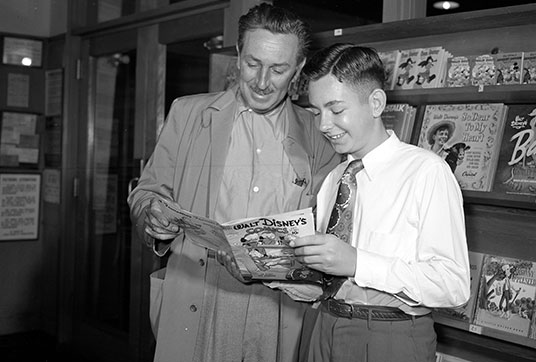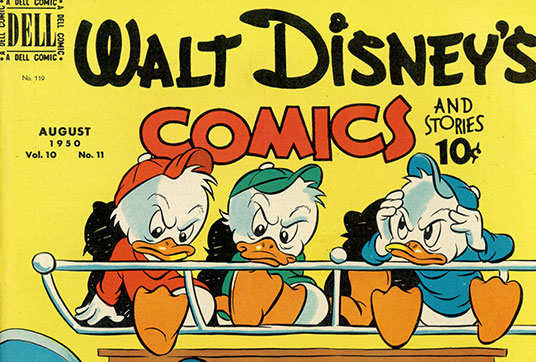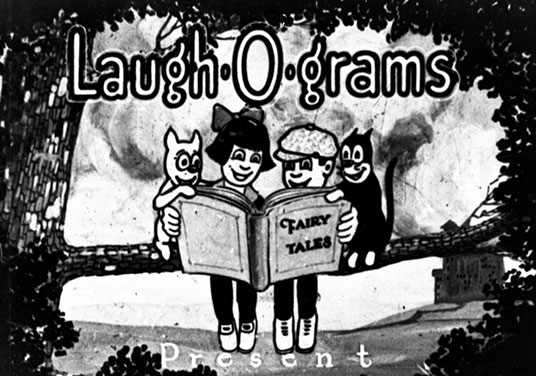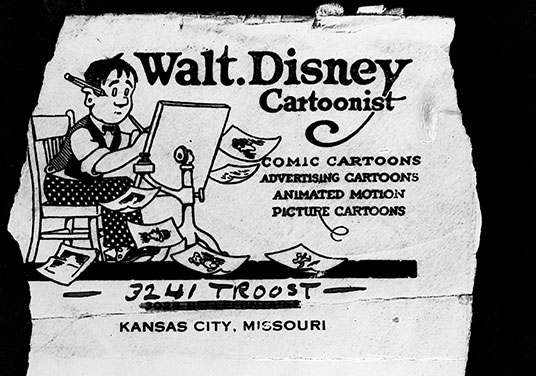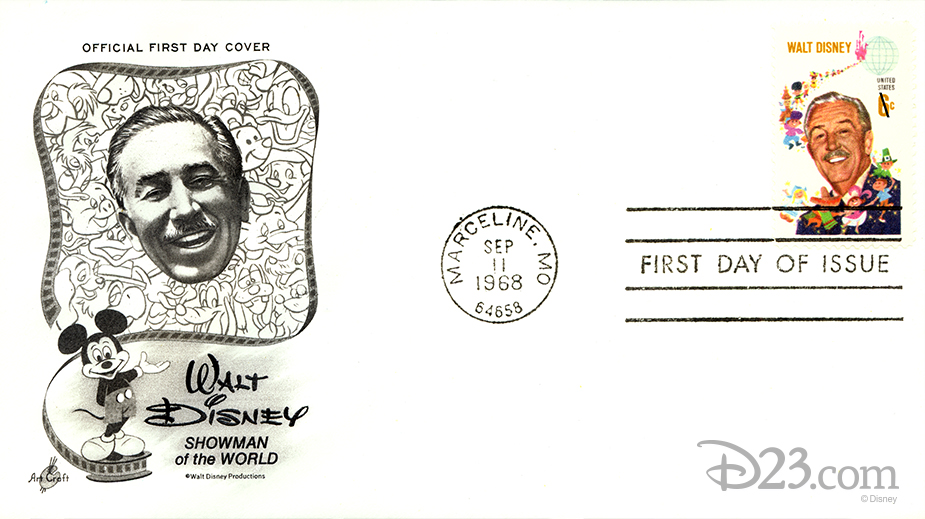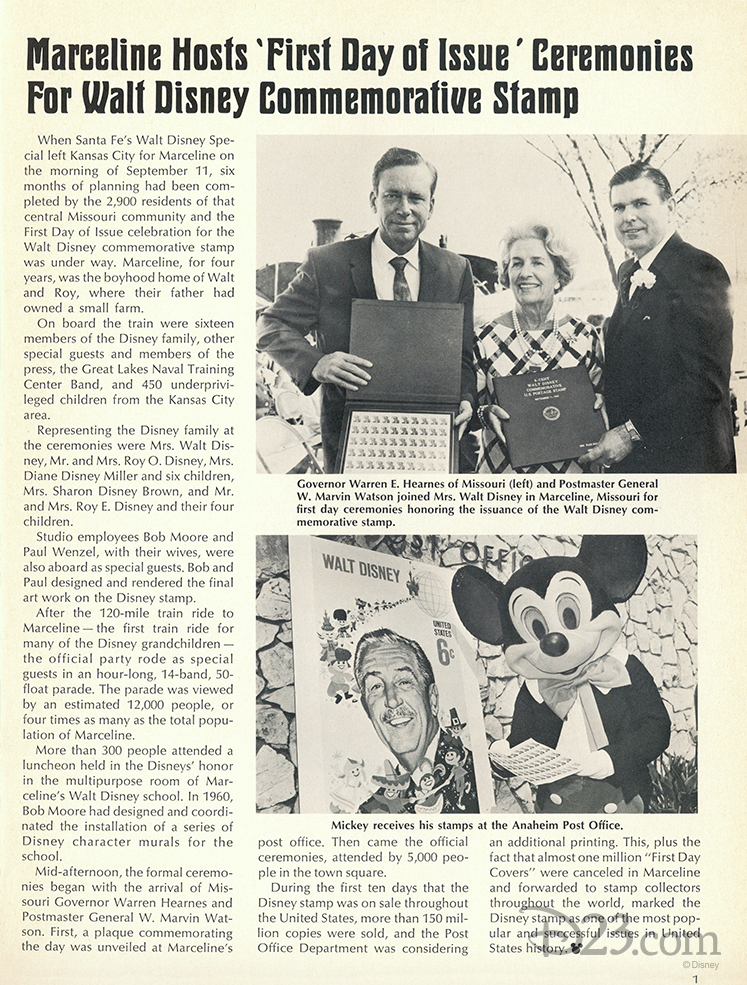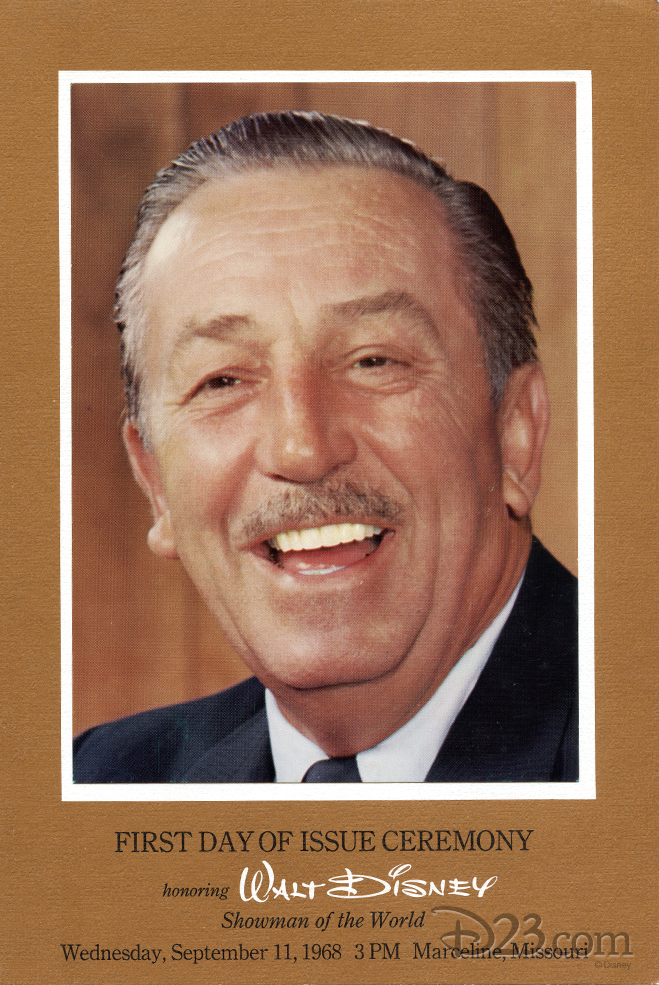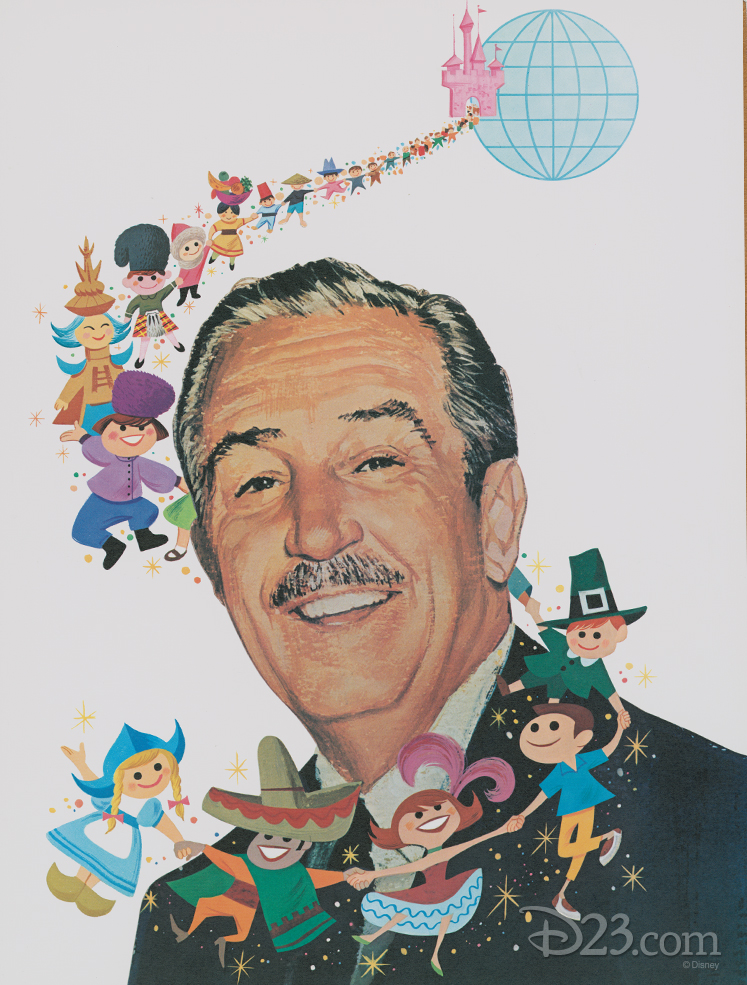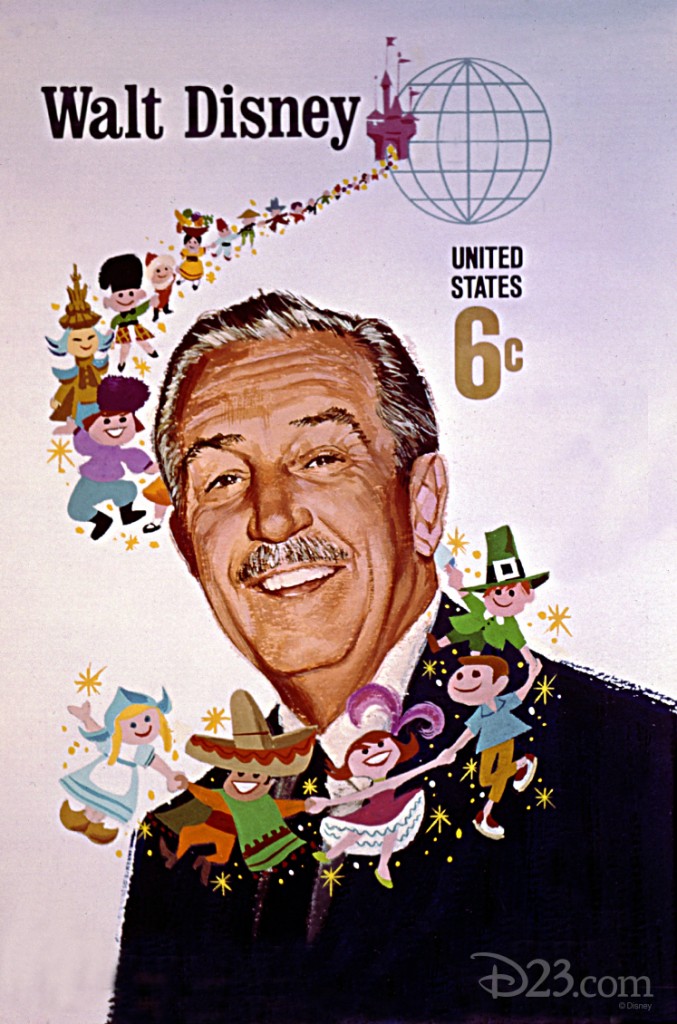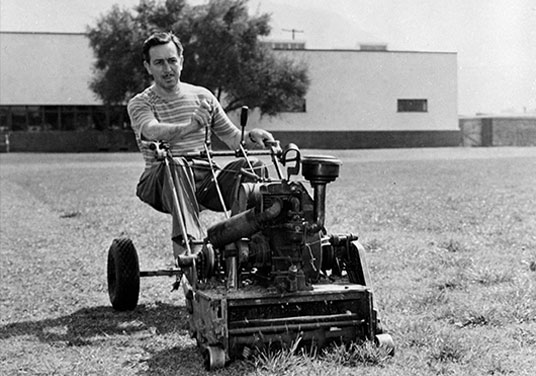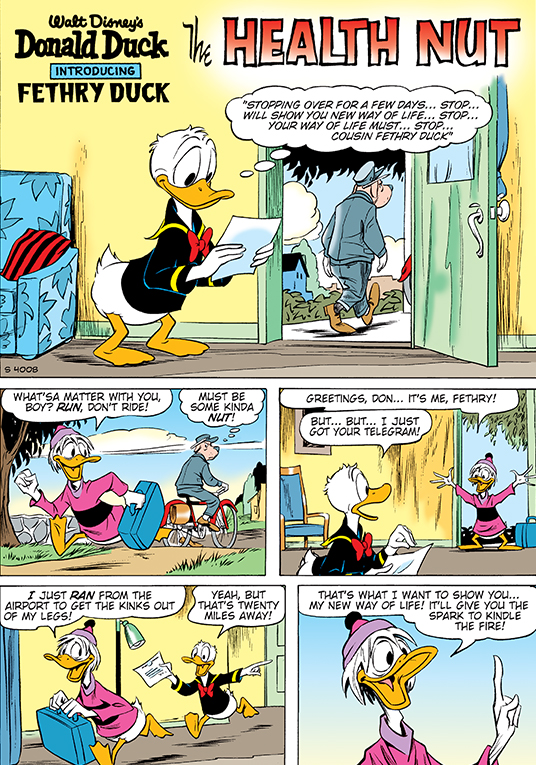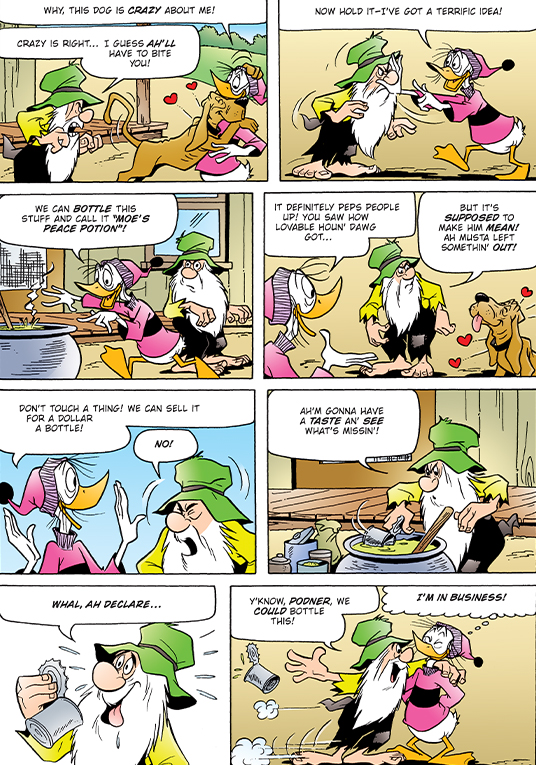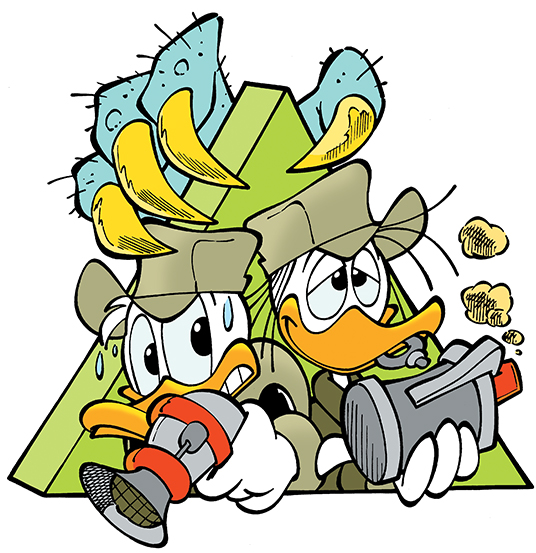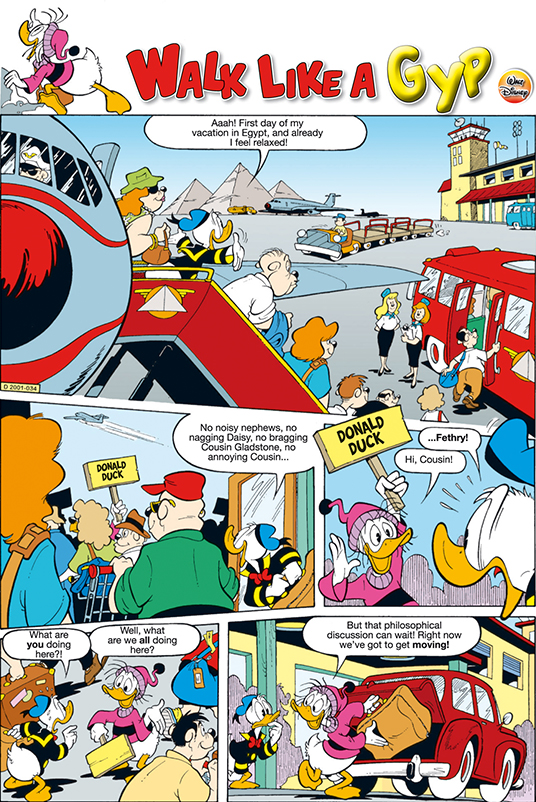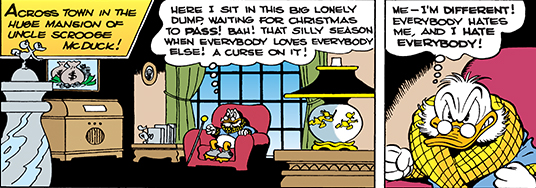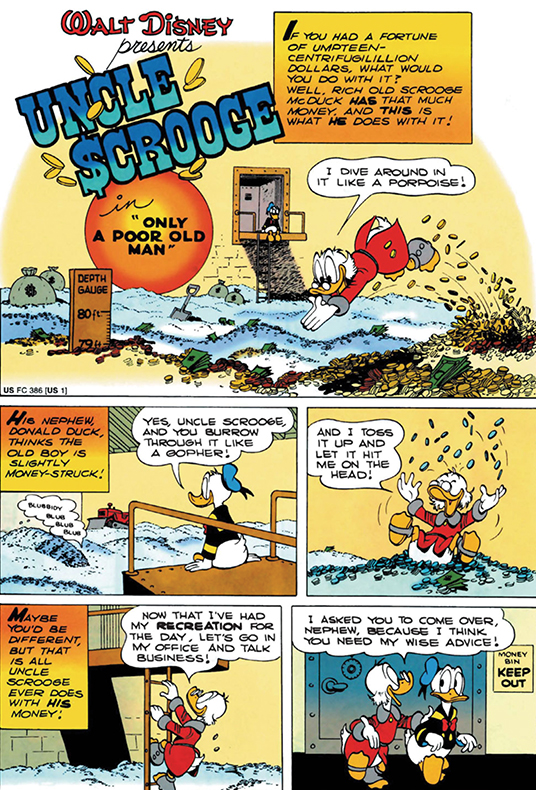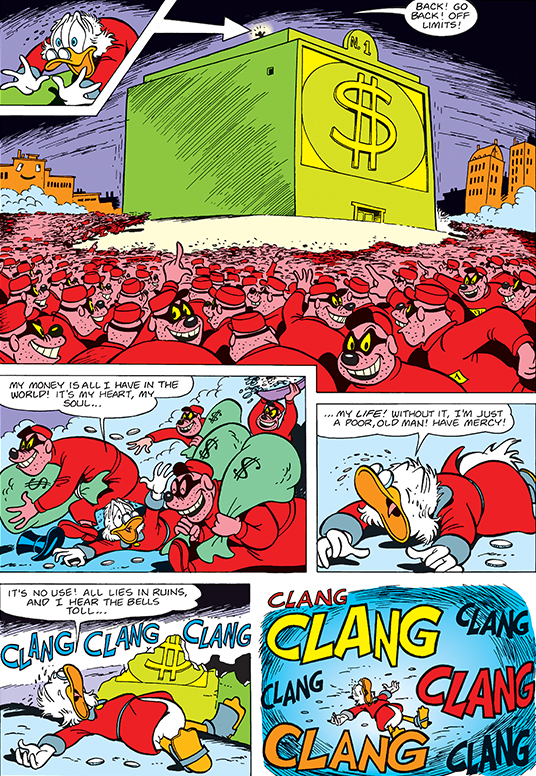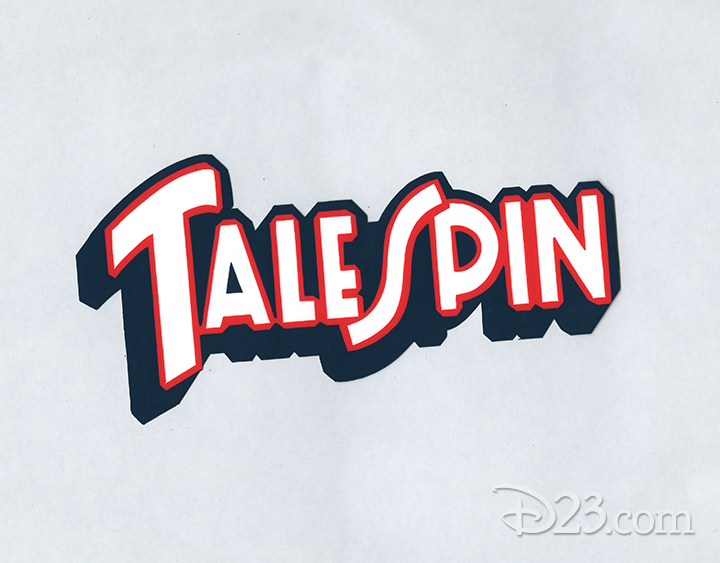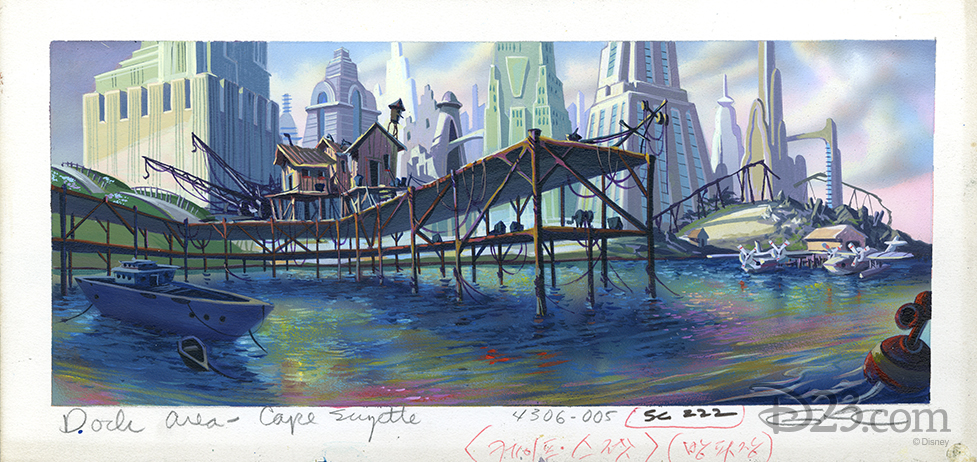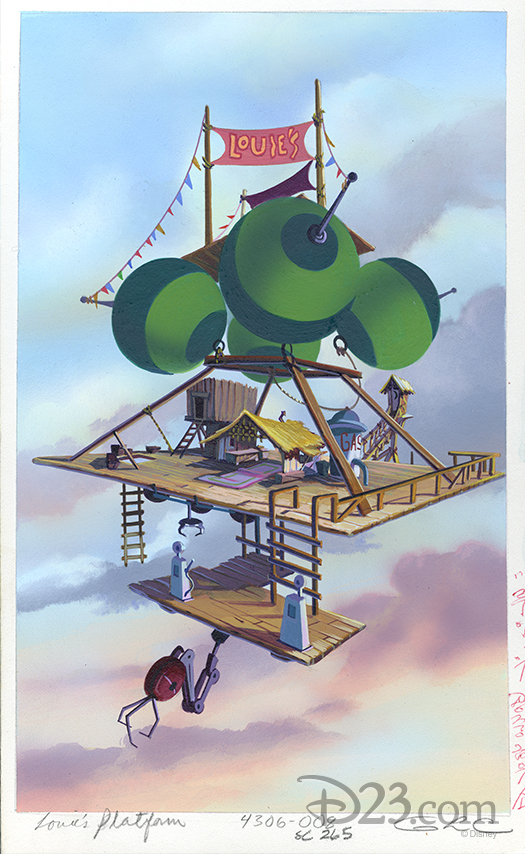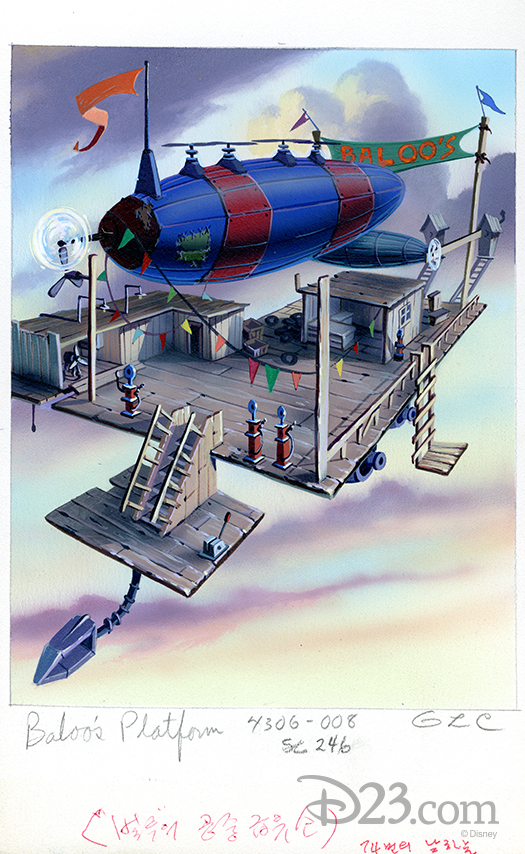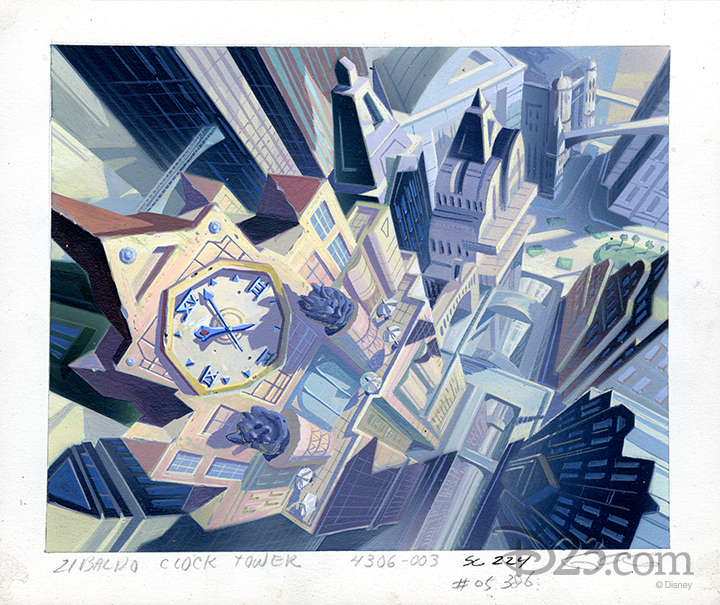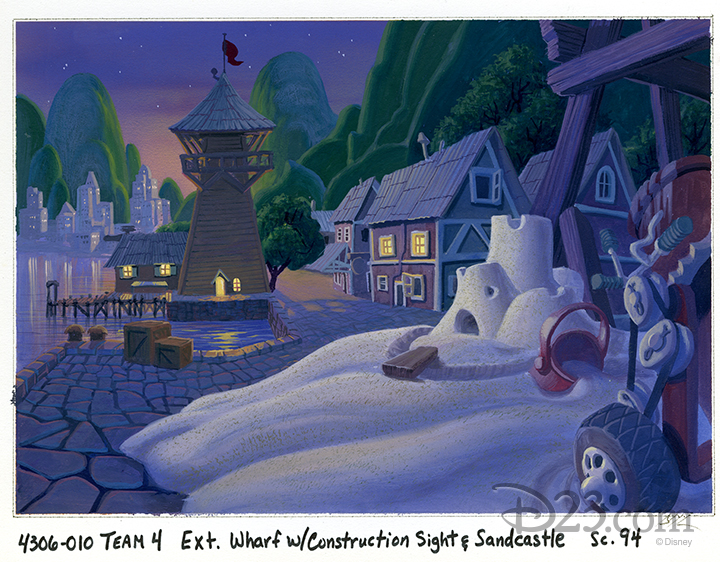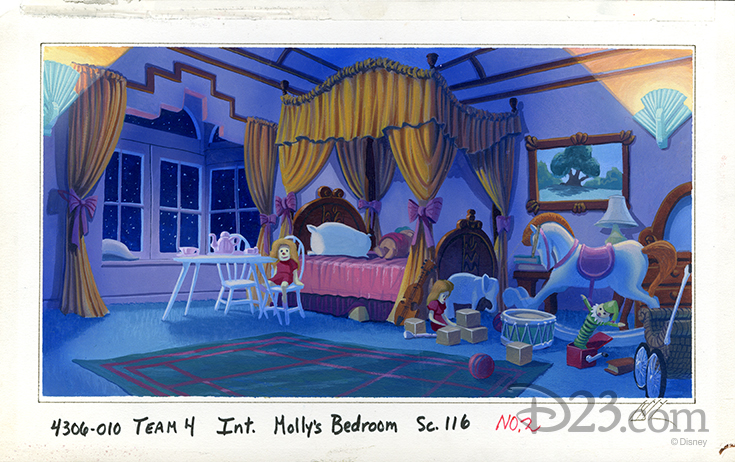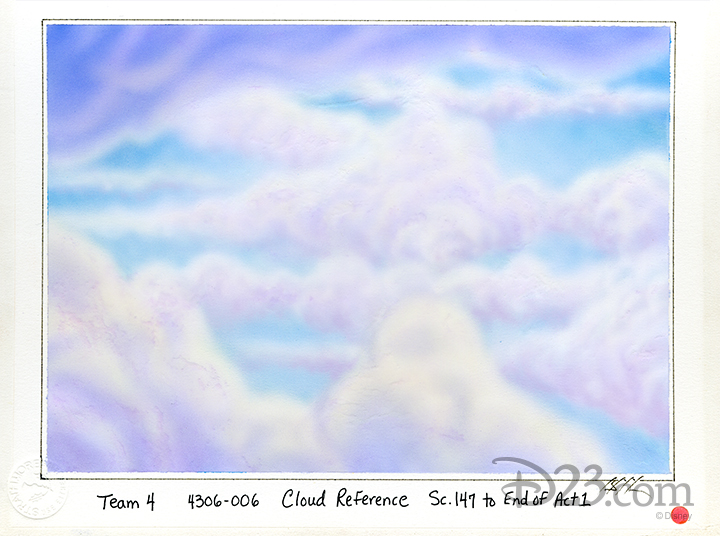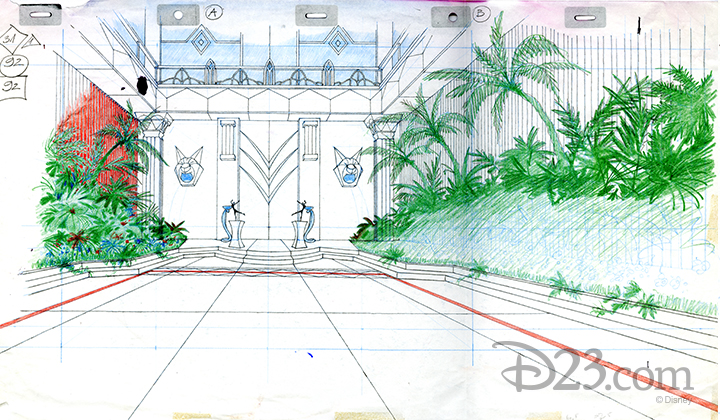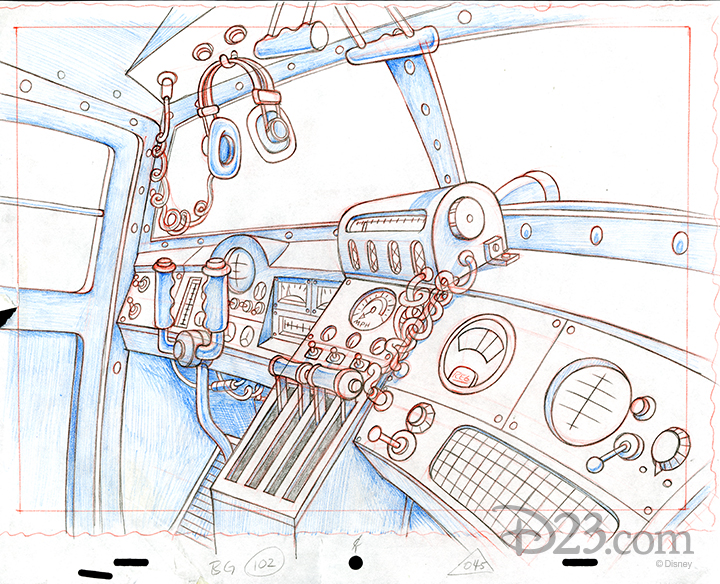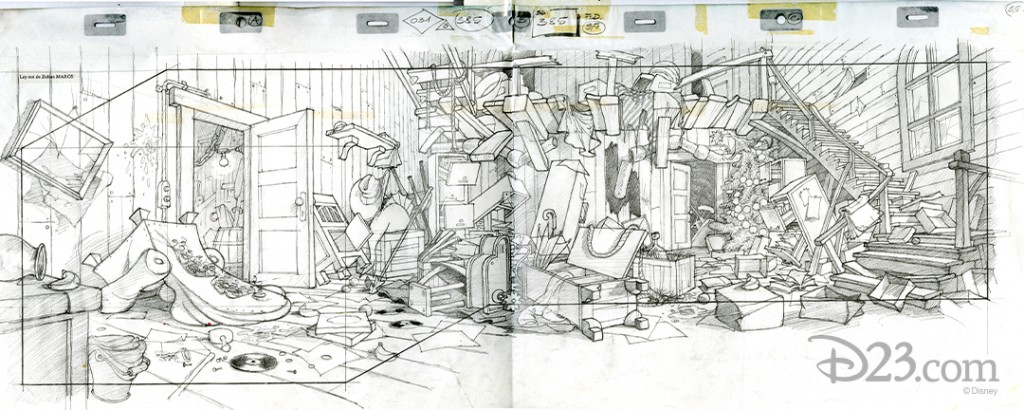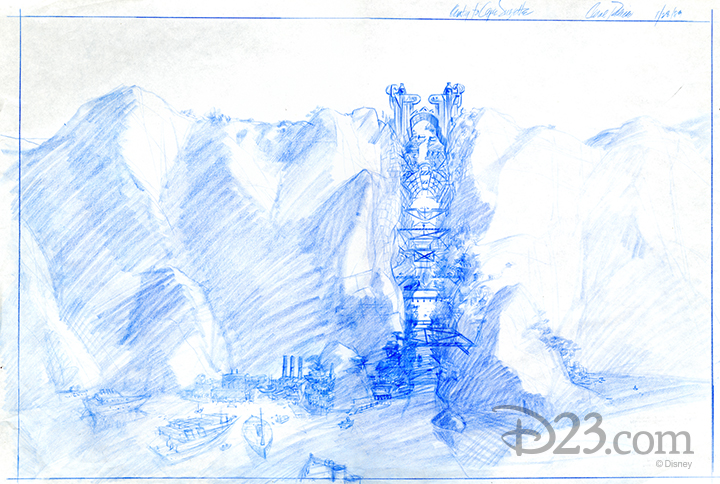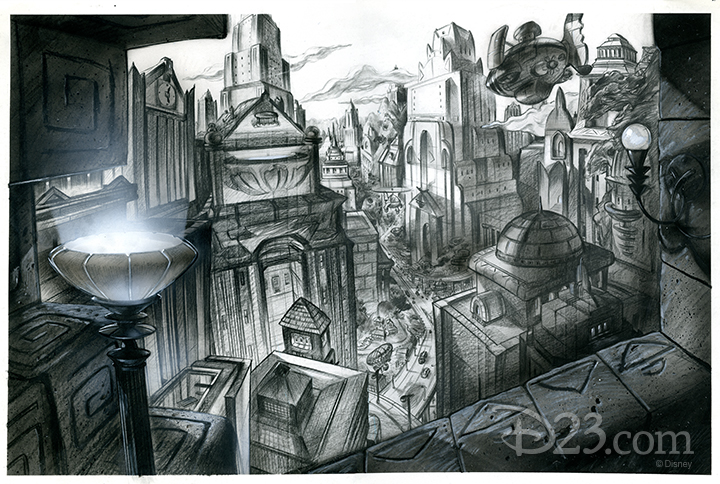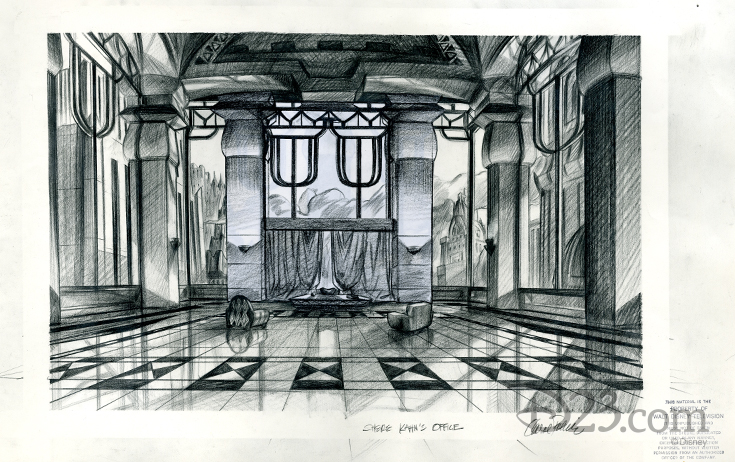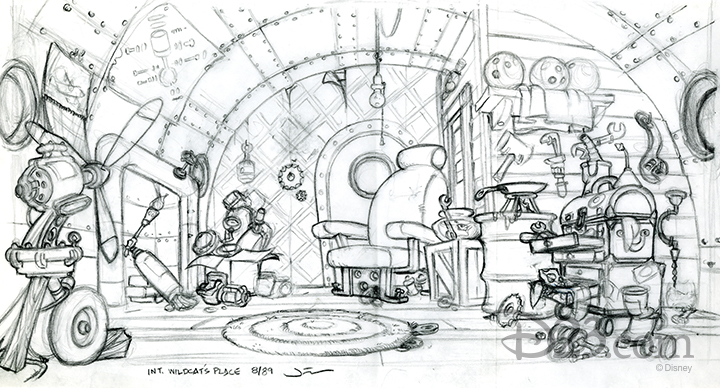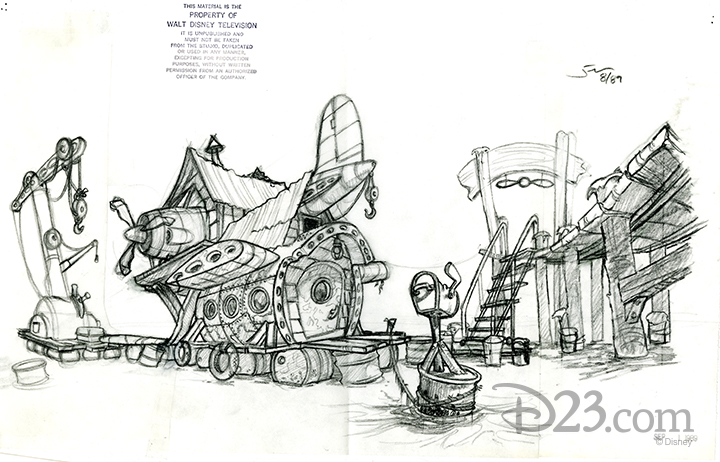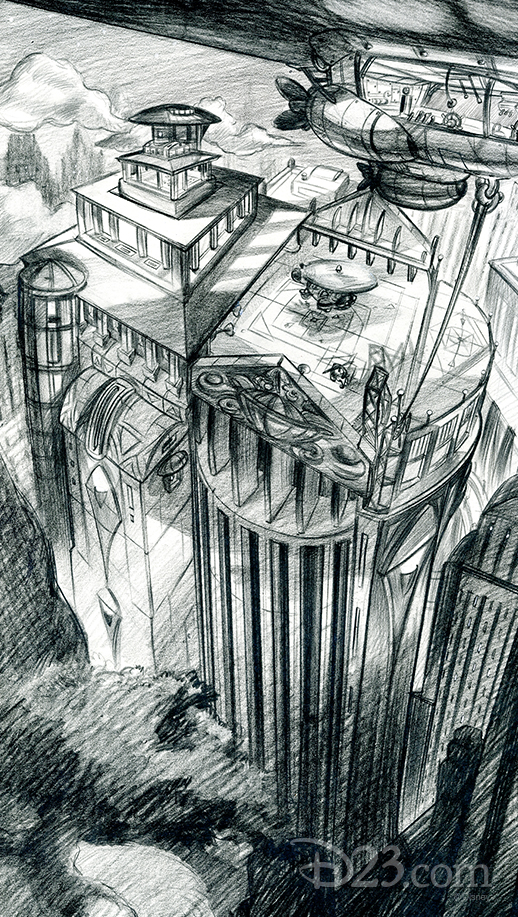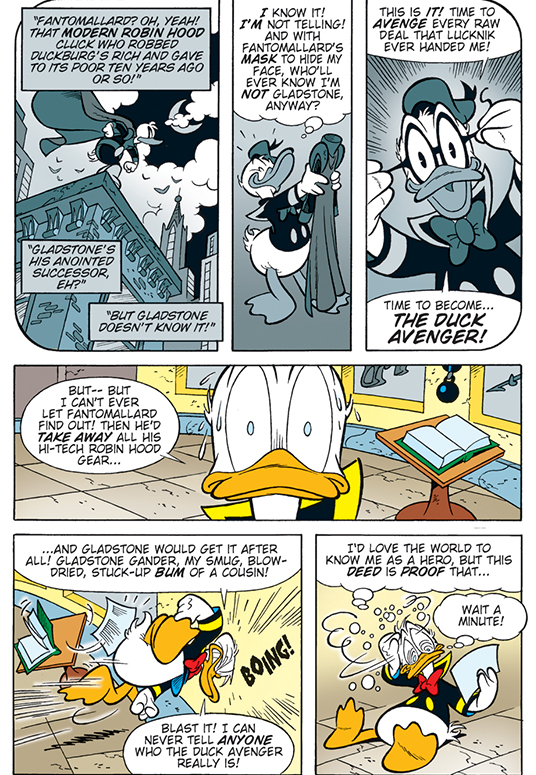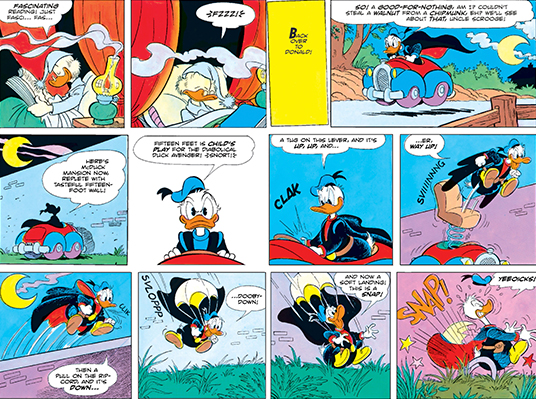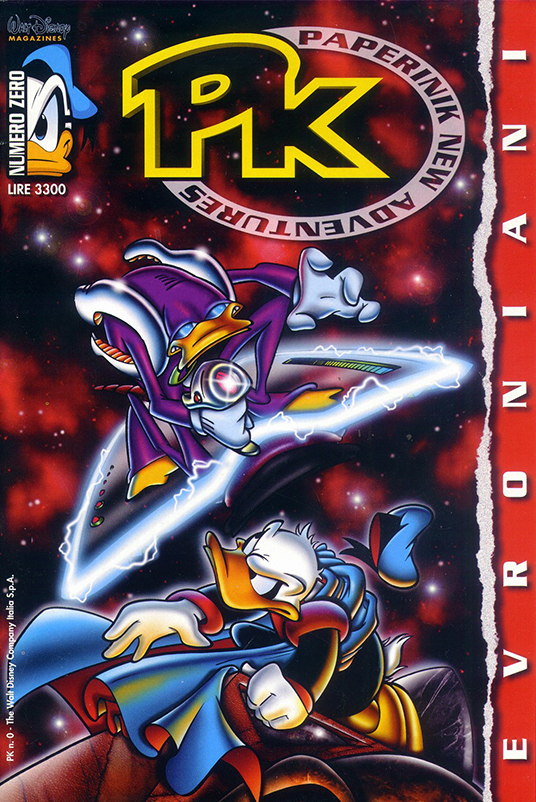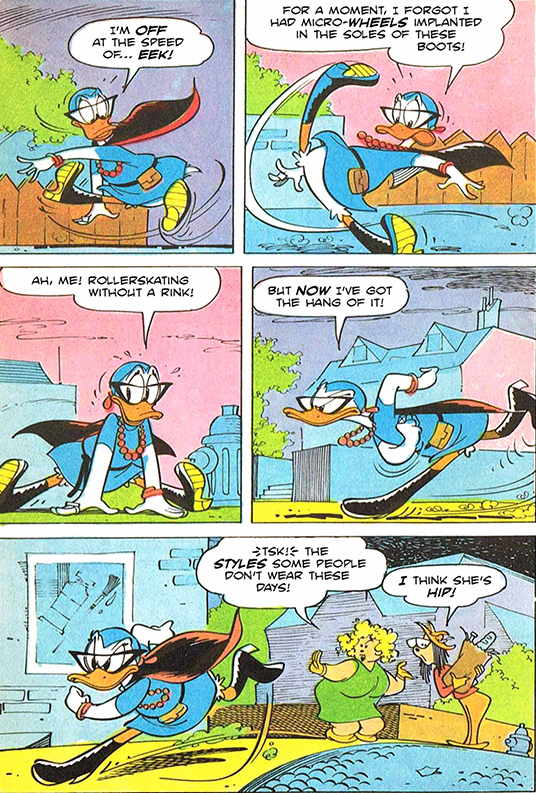By author and historian Michael Crawford
What’s in a name? That’s what Disney Imagineers were forced to ask as they created the roster of pavilions for Epcot Center. During the park’s development, the pavilions were usually referred to by the field of study they were designed to address: Transportation, Energy, the Seas, and so forth. But for opening day, they needed something with a bit more panache. And so began a round of brainstorming that produced results ranging from the sublime to the zany—and they’re all quite entertaining.
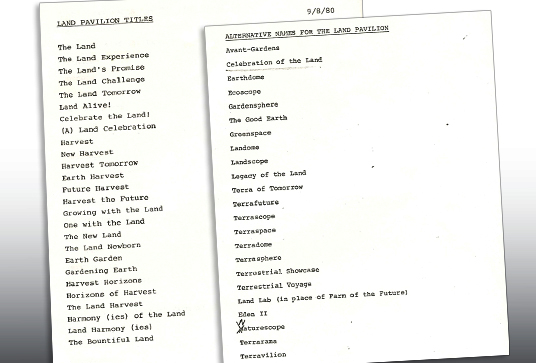
Let’s start with The Land, Epcot’s agricultural showcase. While Imagineers preferred to call the pavilion “Listen to the Land,” this list of alternatives was produced by Disney’s writing staff. Some are serious (“Horizons of Harvest,” “The Good Earth”); some are futuristic (“Terravillion,” “Eden II”); and some are simply amazing (“Avant Gardens,” “Land Alive!”). So next time you’re sailing through The Land’s high-tech greenhouses at Epcot, stop and think: Land Alive!
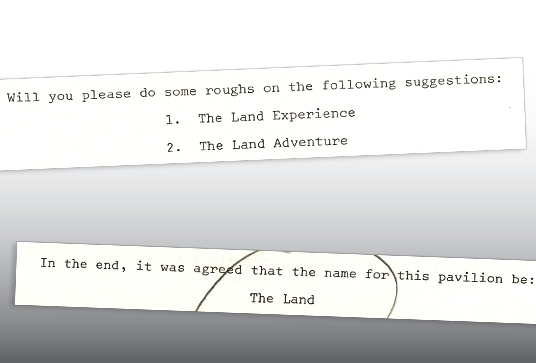
After a brief flirtation with “The Land Experience,” Imagineers suggested simply “The Land.” It was simple, solid, and elemental. They felt it reflected a quality similar to Pearl S. Buck’s The Good Earth.
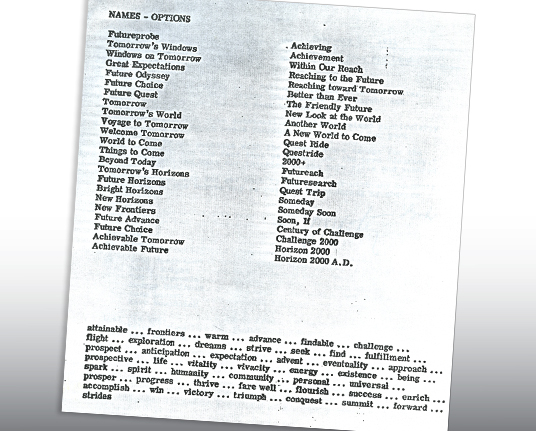
Many fans already know that the popular Horizons pavilion had several “official” names during its development. Originally called Century 3, it later became FutureProbe; never completely happy with the names, Imagineers created this list with other potential titles. For a while they considered “Great Expectations.” I’m amused by the enigmatic “Soon, If.”
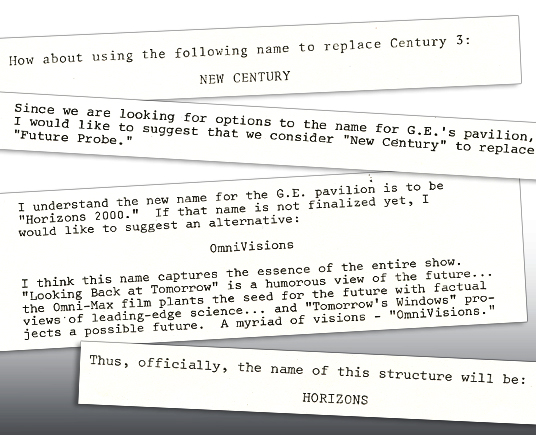
After a lot of back and forth, and many folks throwing their suggestions into the ring, the team decided upon Horizons. Simple and forward-looking, the name evokes the ride’s theme of an achievable future.
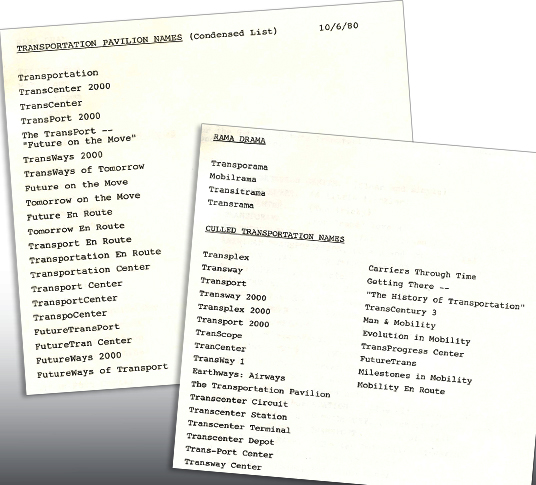
Finally we come to World of Motion, Epcot’s original transportation pavilion. Here we see another list of proposals riffing on themes of futurism and mobility, some more successful than others (“The Progress of Man in Motion”?). But perhaps the most hilarious list of potential pavilion names came from Disney Legend and World of Motion contributor Ward Kimball:
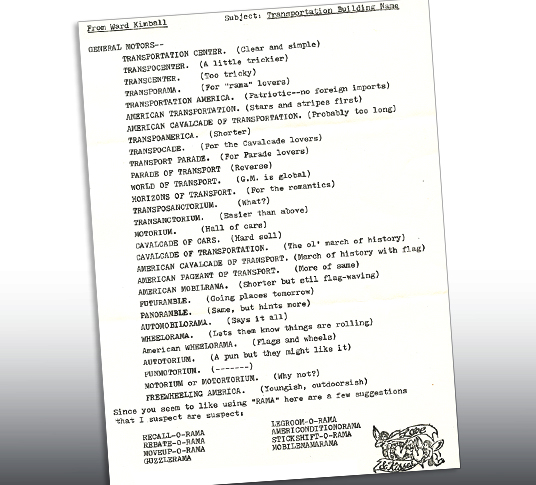
The notoriously unconventional Ward Kimball came up with this list of ideas for the transportation pavilion, and justifications for each. Needless to say they’re all rather amazing. Whether you prefer the futuristic (“Transporama,” “Futuramble”); the patriotic (“American Cavalcade of Transportation,” “Freewheeling America”); or the completely bonkers (“Transposanctorum,” “Panoramble”), there’s something for everyone. Ward even includes a list of possibilities he admits might be “suspect”—maybe he thought sponsor General Motors might not approve of “Recall-O-Rama” or “Mobilemamarama”?
Note the “Love & Kisses” stamp at the bottom of the memo; Ward was known for the variety of stamps he had created to “sign” his notes, letters, and memos.
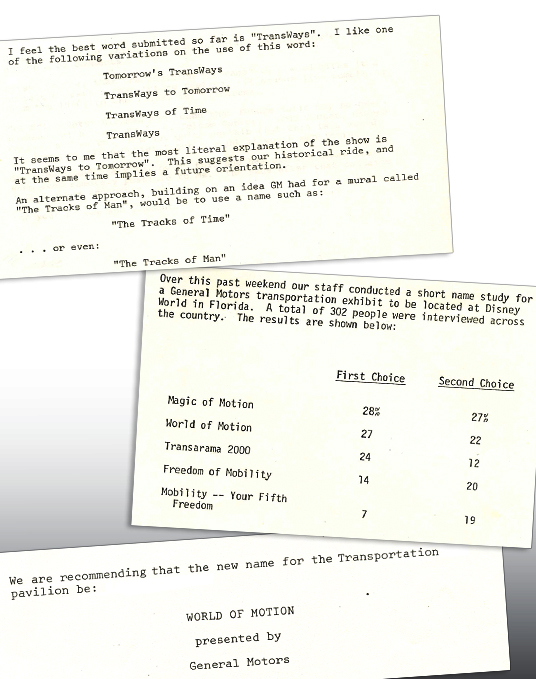
From these wacky ideas, “Transarama 2000” and “Transcenter” were considered before Imagineers settled on World of Motion. Today, the pavilion houses the Test Track attraction.
So next time you’re reminiscing about your favorite Epcot attractions of years gone by, think about this: what if your fond memories were about “Questride” or “Landome”? What are some of your favorite “alternate” pavilion titles?



